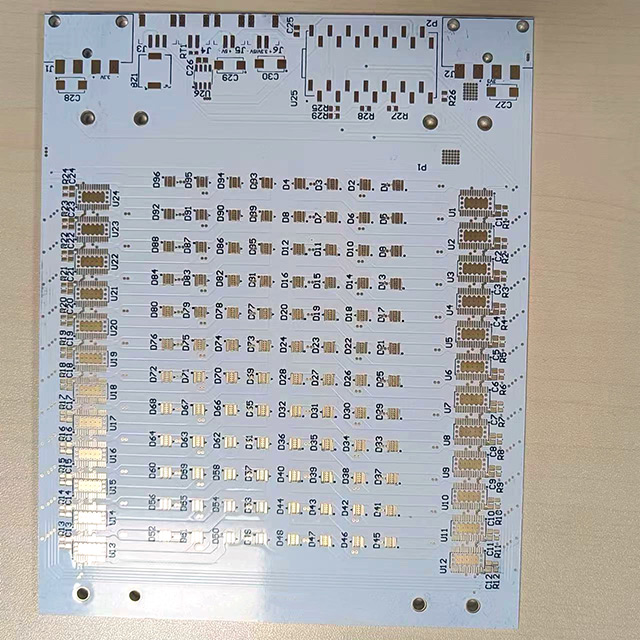A
amberleaf
Old-Amber is onRant-mode . When things can go Pear-shape . it’sall in the colour . On-Site .
Protective-earth - green / yellow .
Neutral- ( N ) black . Old .
Neutral- ( N ) blue . New .
Line. single-phase . Red . Old .
Line. single-phase . Brown . New .
Whenwe mix the colour together . Old / New.
3- Phase .
Red - phase . Yellow - phase . Blue - Phase .
Brown- phase . Black - phase . Gray - Phase .
Line. 3 - phase . ( L1 ) Red . Old .
Line. 3 - phase . ( L1 ) Brown . New .
Line. 3 - phase . ( L2 ) Yellow . Old .
Line. 3 - phase . ( L2 ) Black . New .
Line. 3 - phase . ( L3 ) Blue . Old .
Line. 3 - phase . ( L3 ) Gray . New .
Iwas taught when the . harmonization was bought in .
SWA. 3 - core & earth - usage of colour .
Brown- will always be . Permanent - Live .
Blackis always Phase or an Earth - sleeved green & yellow .
Gray is always Phase or a Neutral sleeved Blue.
Brown- will always be . Permanent -Live .
3- core & earth . Black - Switch - Live .
3- core & earth . Gray - Neutral sleeved Blue.
Plus. earth
Thatis the accepted method these days .
How you keep coming across-installations .using ( Black as Neutral ) it is because black used to be the . Neutral . to me that is the very-reason it should not beused as a Neutral - Gray is Neutral .
Onejob I was on . the foreman did say .
Brown- Permanent - Live
Blackis Earth - sleeved green & yellow
Gray is Neutral sleeved Blue.
At the time . Got three-new subbies on the job well the rest is history . (Black as Neutral & Gray as Earth ) Bang . Bang . Bang .
Everyone should use the recognised-colour-scheme . it will make sense for everyone where mains-voltage is concerned .
Whatwent wrong .
Single-phase - Red-phase & Black - natural ← ( Replaced ) Brown-phase & Blue - natural ←
Pointto Note : Cables are marked at the .Interface - ( L1 . L2 . L3 . ) for the Phases . etc .
Schematic of alternative-interface . Old toNew .
Old - Red- ( L1 ) ….. Harmonised - ( L1 ) Brown .
Old - Yellow - ( L2 ) ….. Harmonised - ( L2 ) Black .
Old - Blue - ( L3 ) ….. Harmonised - ( L3 ) Gray .
Old- Black ( N ) ….. Harmonised - ( N ) Blue .
Old - Red- ( L1 ) ….. ( L1 ) Brown . with indentation
Old - Yellow - ( L2 ) ….. (L2 ) Brown . with indentation
Old - Blue - ( L3 ) ….. (L3 ) Brown . with indentation
Old- Black ( N ) ….. Harmonised - ( N ) Blue .
PlainEnglish : Meaning -
Phase - 1 . ( L1)
Phase - 2 . ( L2)
Phase - 3 . ( L3)
Sowe turn back the clocks . IET .
Thechanges in the . United-Kingdom . to adopt “ Blue “ for neutral-conductor .& at least one black for a “ phase-conductor “ in a multi-phase-circuit . could if notaddressed . ( Introduce ) the possibility of ( Confusion ) with the black-conductor . & blue-phase-conductor inexisting-three-phase-distribution-circuit(s)
Protective-earth - green / yellow .
Neutral- ( N ) black . Old .
Neutral- ( N ) blue . New .
Line. single-phase . Red . Old .
Line. single-phase . Brown . New .
Whenwe mix the colour together . Old / New.
3- Phase .
Red - phase . Yellow - phase . Blue - Phase .
Brown- phase . Black - phase . Gray - Phase .
Line. 3 - phase . ( L1 ) Red . Old .
Line. 3 - phase . ( L1 ) Brown . New .
Line. 3 - phase . ( L2 ) Yellow . Old .
Line. 3 - phase . ( L2 ) Black . New .
Line. 3 - phase . ( L3 ) Blue . Old .
Line. 3 - phase . ( L3 ) Gray . New .
Iwas taught when the . harmonization was bought in .
SWA. 3 - core & earth - usage of colour .
Brown- will always be . Permanent - Live .
Blackis always Phase or an Earth - sleeved green & yellow .
Gray is always Phase or a Neutral sleeved Blue.
Brown- will always be . Permanent -Live .
3- core & earth . Black - Switch - Live .
3- core & earth . Gray - Neutral sleeved Blue.
Plus. earth
Thatis the accepted method these days .
How you keep coming across-installations .using ( Black as Neutral ) it is because black used to be the . Neutral . to me that is the very-reason it should not beused as a Neutral - Gray is Neutral .
Onejob I was on . the foreman did say .
Brown- Permanent - Live
Blackis Earth - sleeved green & yellow
Gray is Neutral sleeved Blue.
At the time . Got three-new subbies on the job well the rest is history . (Black as Neutral & Gray as Earth ) Bang . Bang . Bang .
Everyone should use the recognised-colour-scheme . it will make sense for everyone where mains-voltage is concerned .
Whatwent wrong .
Single-phase - Red-phase & Black - natural ← ( Replaced ) Brown-phase & Blue - natural ←
Pointto Note : Cables are marked at the .Interface - ( L1 . L2 . L3 . ) for the Phases . etc .
Schematic of alternative-interface . Old toNew .
Old - Red- ( L1 ) ….. Harmonised - ( L1 ) Brown .
Old - Yellow - ( L2 ) ….. Harmonised - ( L2 ) Black .
Old - Blue - ( L3 ) ….. Harmonised - ( L3 ) Gray .
Old- Black ( N ) ….. Harmonised - ( N ) Blue .
Old - Red- ( L1 ) ….. ( L1 ) Brown . with indentation
Old - Yellow - ( L2 ) ….. (L2 ) Brown . with indentation
Old - Blue - ( L3 ) ….. (L3 ) Brown . with indentation
Old- Black ( N ) ….. Harmonised - ( N ) Blue .
PlainEnglish : Meaning -
Phase - 1 . ( L1)
Phase - 2 . ( L2)
Phase - 3 . ( L3)
Sowe turn back the clocks . IET .
Thechanges in the . United-Kingdom . to adopt “ Blue “ for neutral-conductor .& at least one black for a “ phase-conductor “ in a multi-phase-circuit . could if notaddressed . ( Introduce ) the possibility of ( Confusion ) with the black-conductor . & blue-phase-conductor inexisting-three-phase-distribution-circuit(s)











